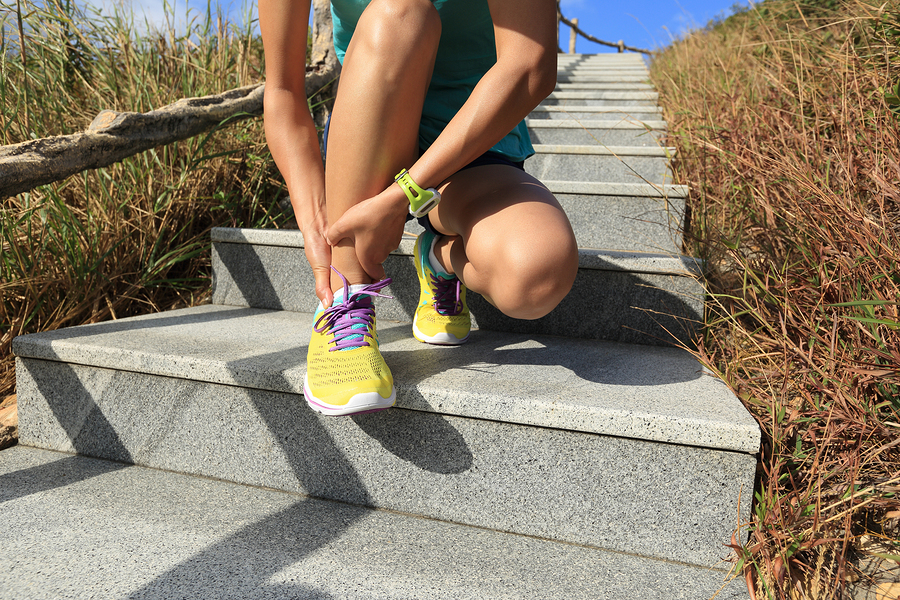What a Pain: Tips for Preventing Plantar Fasciitis
 Ouchie ouch ouch! It’s safe to say that nobody (or no body) likes pain. And, well, it’s kind of hard to be fit and active when the very things you stand on—your feet—are causing you grief. That’s why we’re getting the real deal on plantar fasciitis from Phil Vasyli, world renowned podiatrist and founder of Orthaheel. Read on for what plantar fasciitis is, how it’s caused and what to do about it!
Ouchie ouch ouch! It’s safe to say that nobody (or no body) likes pain. And, well, it’s kind of hard to be fit and active when the very things you stand on—your feet—are causing you grief. That’s why we’re getting the real deal on plantar fasciitis from Phil Vasyli, world renowned podiatrist and founder of Orthaheel. Read on for what plantar fasciitis is, how it’s caused and what to do about it!
Tips for Preventing Plantar Fasciitis
Early morning foot pain—more like sharp, piercing pain—is usually the key indicator of plantar fasciitis. What a pain in the heel! Plantar fascia is an important section of tendons within the sole of your foot. Tearing any of these tendons can lead to a stabbing discomfort in your foot, most commonly in the morning. National statistics are difficult to note since many sufferers unfortunately suffer through the condition, accepting the pain, rather than going to a doctor or making simple lifestyle changes in footwear. But here are a few of those who are most susceptible to plantar fasciitis…
Those Most Like to Get Plantar Fasciitis?
- Wearers of flip-flops, ballet flats, high heels and low-cost shoes, without appropriate protection to arch.
- Walking commuters, all ages, who wear flip-flops, heels or ballet flats to work.
- Those with immediate weight gain, including pregnant women.
- Victims of hypothyroidism.
- Runners.
- Standing professionals.
Tips to Prevent Plantar Fasciitis
- Avoid cheaply manufactured footwear. Poor quality materials tend to lead to reduced support, lack of breathability and poor quality control.
- Avoid walking around the house barefoot—choose slippers that provide adequate arch support and a deep heel cup to improve balance and posture.
- Try to keep your fashionable shoes for shorter wearing sessions and avoid daily use.
- The higher the heel, the more the shoes increases the arch height and also changes the arch position. So look for high-heeled (1-inch to 1 1/2-inch heel maximum) shoes that contour to your arch and distribute your weight over the entire foot, not just the ball of the foot.
- Look for a firm heel counter and stable midfoot. Flexible regions should only be near the forefoot.
- With any shoes, ensure there is a high-quality shock absorbing material in the ball of the foot area to reduce the impact of the ground-reaction forces.
- Last, but not least, consider orthotics to boost up the arch back to its natural position.
For even more explanation as to how plantar fasciitis occurs and how to help reduce the pain, here’s a quick video!
Have you ever had heel pain? Suffered from plantar fasciitis? What helped you? We’re so sad to give up our flip-flops and ballet flats… —Jenn
